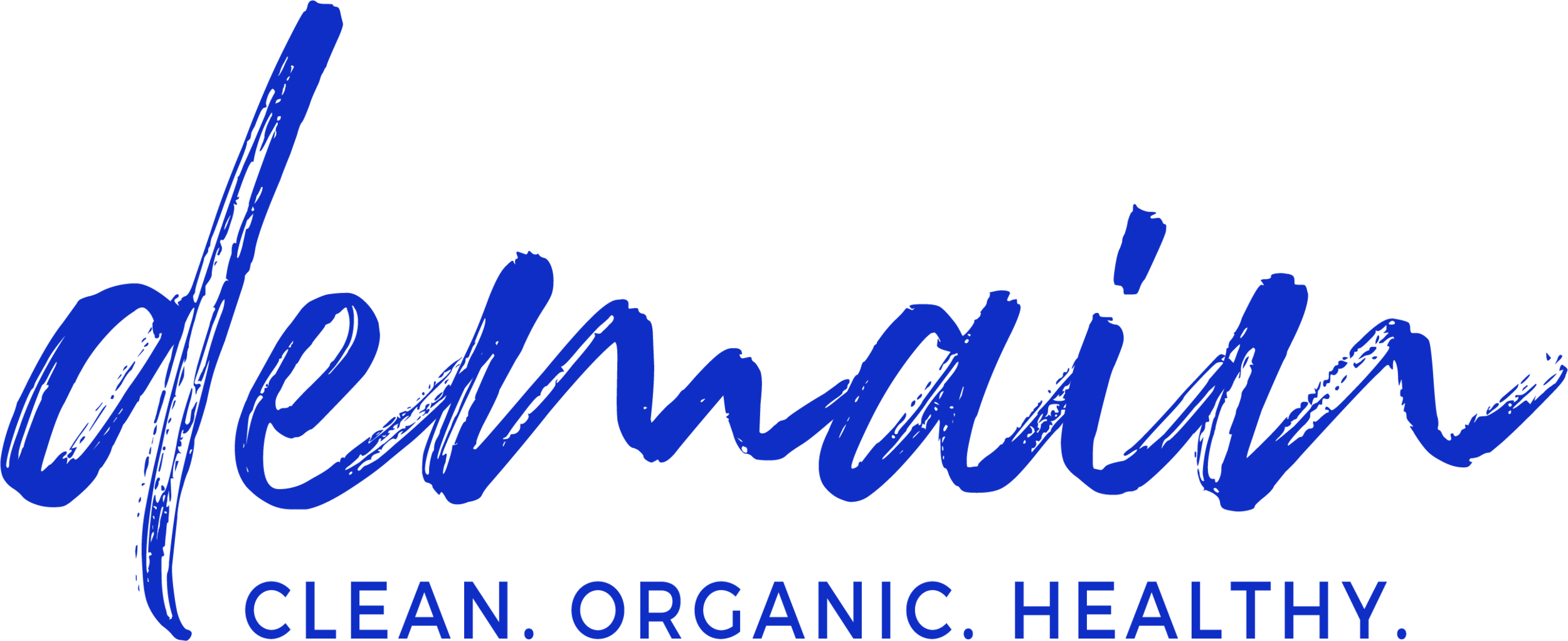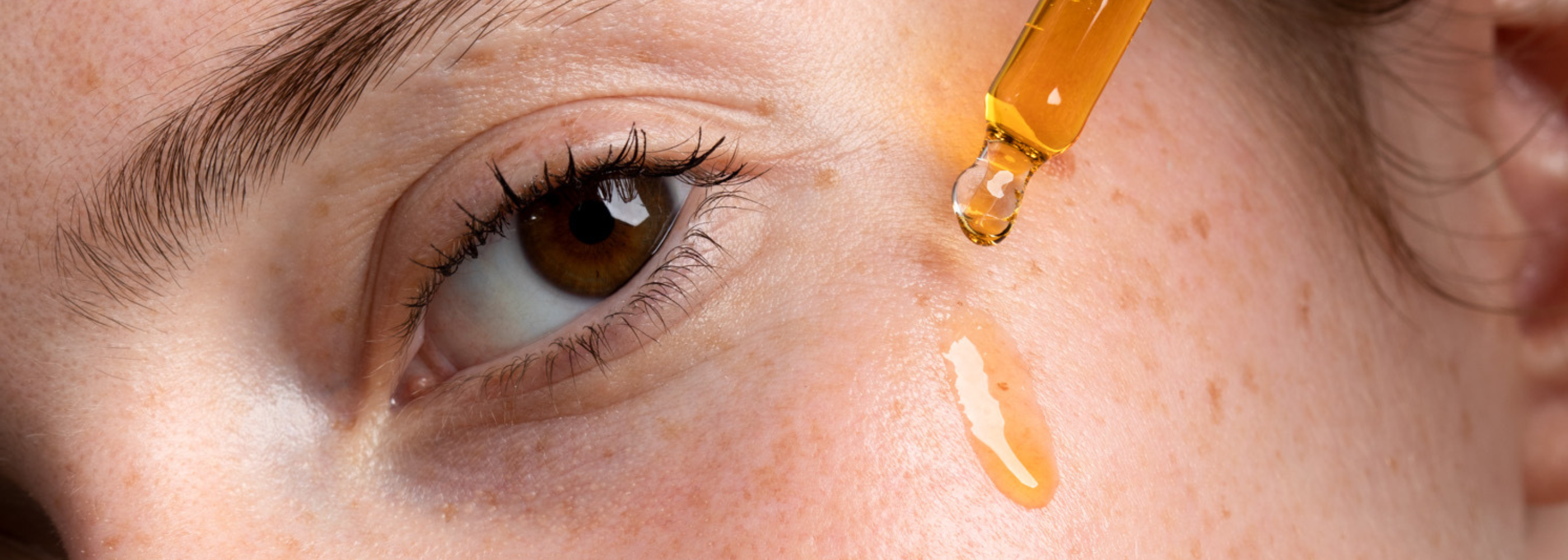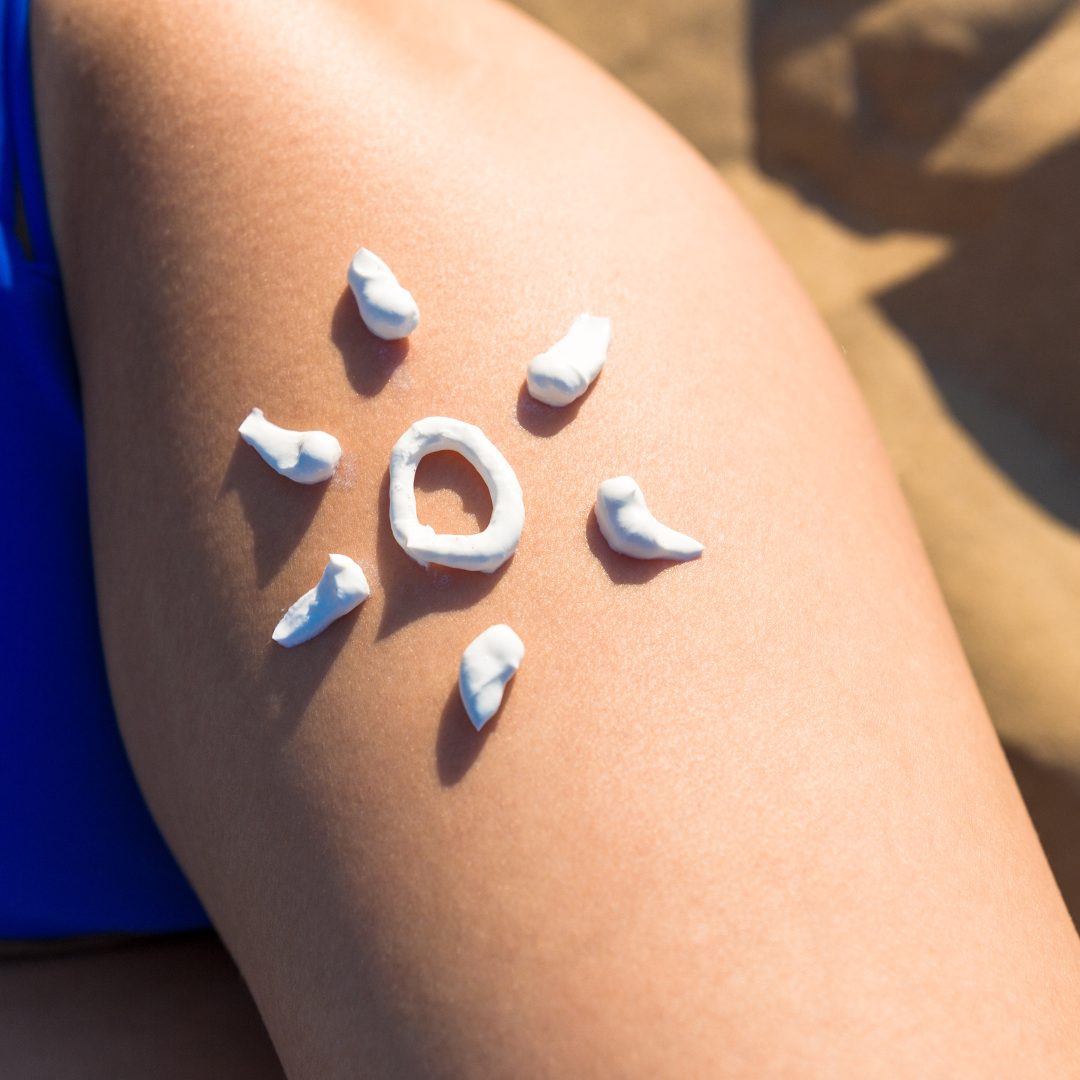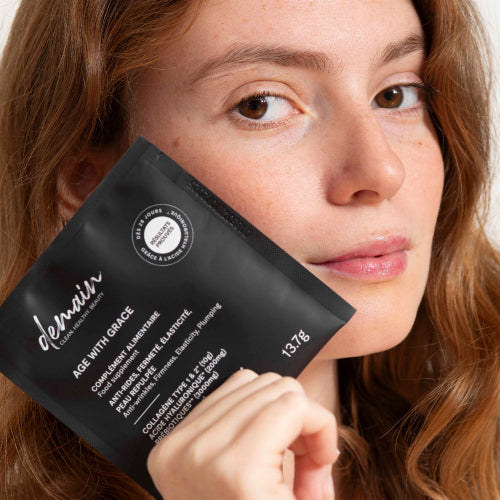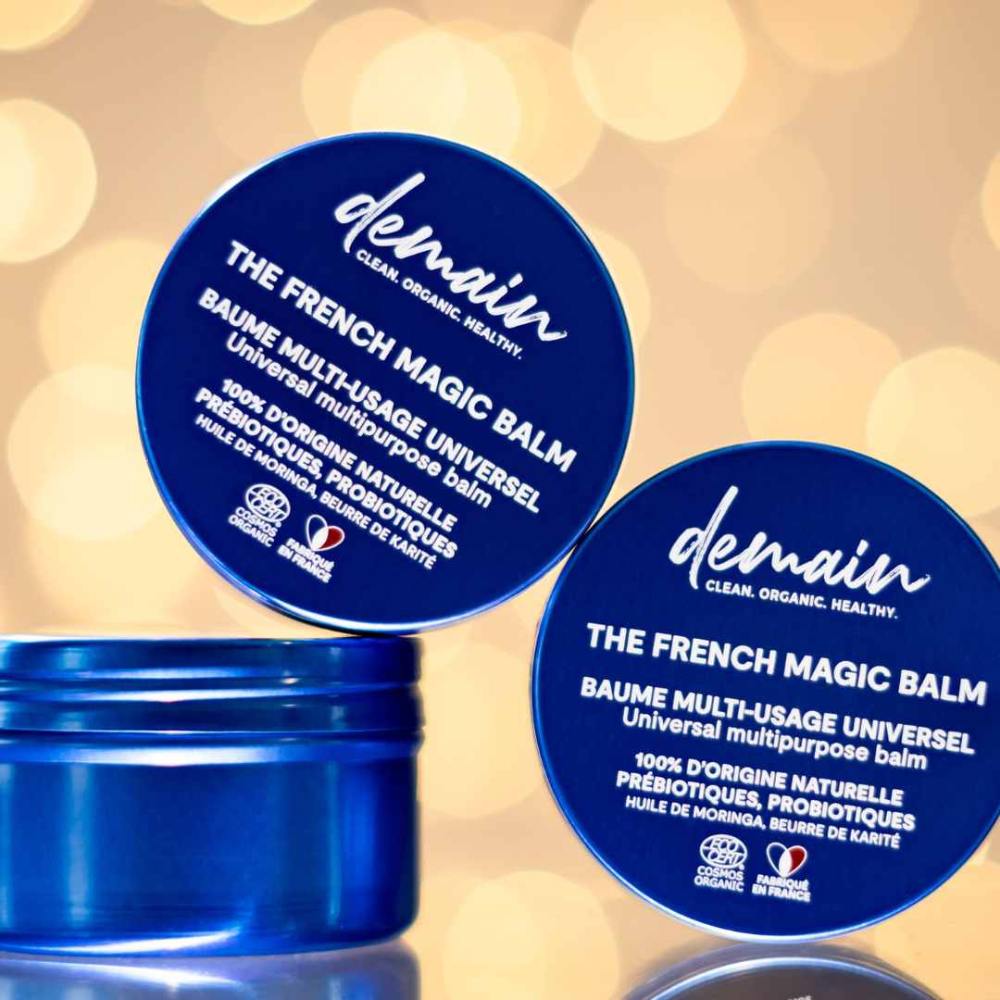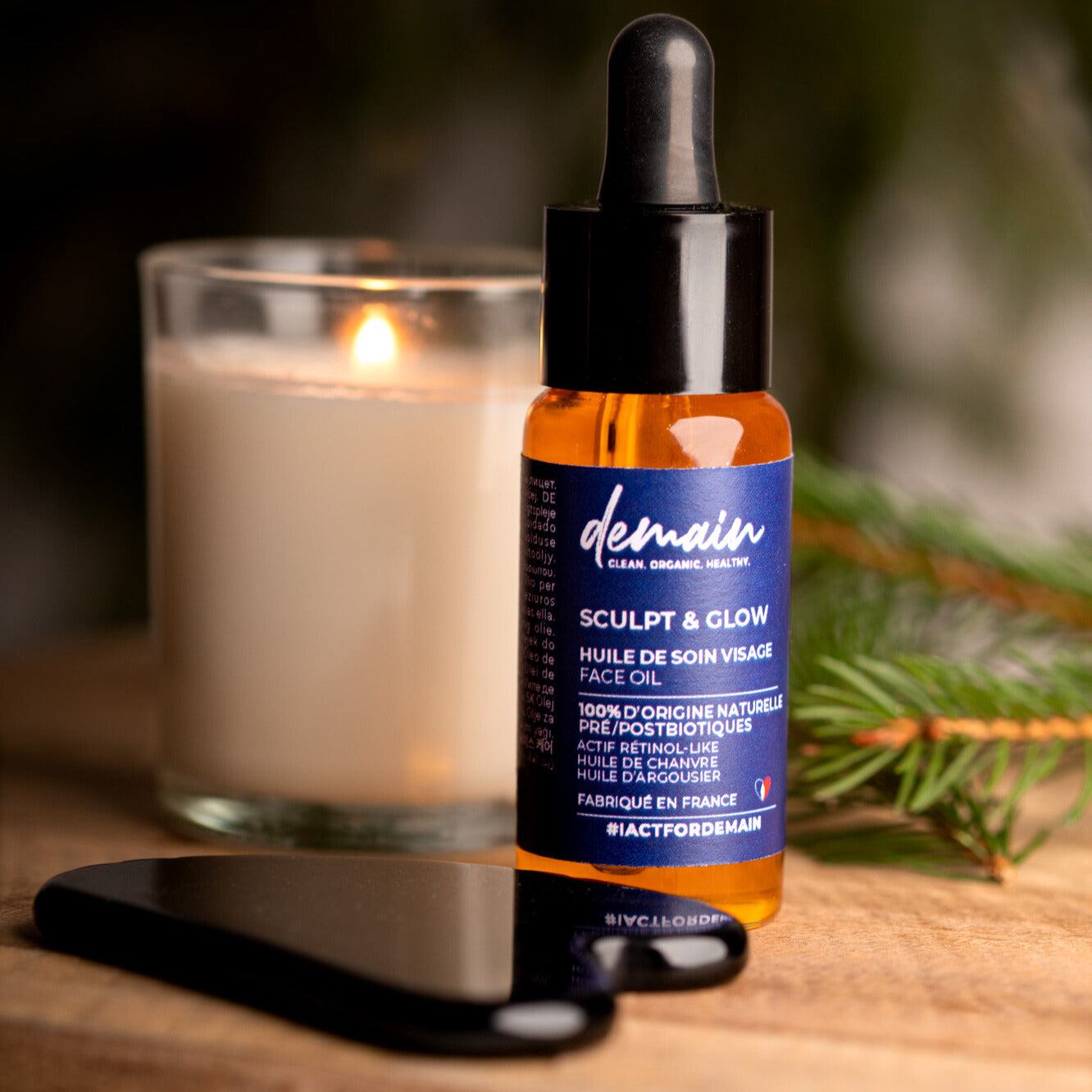Exposure to UV rays, whether natural or in a tanning booth, has significant effects on the skin. From benefits such as skin strengthening to risks associated with premature aging and skin cancer, the relationship between UV rays and our epidermis is complex. So, how can you properly protect your skin from the sun and what SPF can you use to tan safely? Let's dive into the world of ultraviolet rays to better understand their effects on our skin.
Understanding Ultraviolet Rays
Ultraviolet (UV) rays are a form of radiation emitted by the sun. They are invisible to the human eye because their wavelength is shorter than that of visible light.
UV rays are divided into three main types: UVA, UVB, and UVC . UVA has the longest wavelength and penetrates deeper into the skin, while UVB is more energetic and primarily affects the surface layer of the skin. UVC, on the other hand, is generally absorbed by the ozone layer and does not reach the Earth's surface.
The skin reacts to these radiations by increasing the production of melanin , the pigment that gives the skin its color. It is this process that leads to tanning.
The different types of UV rays: A, B, C
Among UV rays, UVA is the most common, accounting for approximately 95% of the UV rays that reach the Earth's surface. They are responsible for activating melanin, the skin pigment, leading to tanning. However, overexposure can lead to damage, such as premature skin aging and the appearance of dark spots.
UVB rays, which are less present but more energetic, mainly impact the surface layer of the skin. They can cause sunburn and, in the long term, promote the development of skin cancers.
Finally, UVC rays are the most dangerous, but fortunately, they are almost entirely filtered by the Earth's atmosphere and do not reach our skin.
The sun: the main source of UV rays
The sun is the major source of ultraviolet (UV) rays on Earth. Therefore, excessive exposure to the sun can lead to excess UV rays. The intensity of these rays varies depending on several factors such as time of day, season, altitude, and proximity to the equator.
It's worth noting that UV damage accumulates throughout life. Repeated sun exposure, even without sunburn, can lead to long-term skin damage such as premature aging and various types of skin cancer.
UV rays are also responsible for some eye damage. Therefore, it is essential to protect not only the skin, but also the eyes.
What is the sun's UV index?
The UV index, or ultraviolet index, is an essential tool for assessing the level of danger of UV rays emitted by the sun at a given time. It ranges from 1 to 11+, with higher values indicating greater UV intensity. This index is therefore an indicator of the risk of erythema (reddening of the skin) or sunburn. It is important to consider it before any sun exposure, in order to take appropriate protective measures.
Measuring the UV index takes several factors into account: time of day, season, altitude, latitude, and cloud cover. The higher the UV index, the shorter the time it takes for the skin to burn. It is therefore a valuable tool to help prevent skin damage from the sun.
How does the UV index influence tanning?
The UV index plays a crucial role in the tanning process. Indeed, it is the UV level that determines the amount of melanin our skin will produce. Melanin is responsible for skin pigmentation and therefore tanning.
UV intensity varies depending on the UV index. A low UV index (between 0 and 2) means the rays are weak. You can stay in the sun, but your tan will be almost non-existent. On the other hand, a high UV index means the rays are strong. This can cause a faster tan, but it also increases the risk of skin damage, such as sunburn and premature skin aging.
It is therefore essential to know the UV index and take appropriate protective measures to tan safely.
What UV index can you use to tan?
For tanning, the ideal UV index is generally between 2 and 5. This index allows the skin to produce melanin, which gives the body its tanned complexion, while reducing the risk of sun damage, such as sunburn and premature skin aging.
However, a UV index between 3 and 7 is already considered moderately high. It is therefore imperative to wear sunscreen and avoid direct exposure to the sun between 11 a.m. and 4 p.m. to avoid any damage to the skin.
It's worth noting that the average tan is usually between a UV index of 2 and 3, depending on your skin type. The higher the UV index, the faster the tan will develop. But be careful, tanning without sunscreen can increase the risk of skin cancer.
The maximum UV index and its effects on the skin
The maximum UV index is 11 and above. At this level, the risk of skin damage is extreme. The effects of UV rays at this intensity are manifested by accelerated cell proliferation in the surface layer of the skin, causing thickening of the epidermis. UVA rays, which penetrate more deeply, can damage connective tissue, reducing skin elasticity and promoting the appearance of wrinkles.
In addition, a high UV index significantly increases the risk of sunburn , especially in people with sensitive or fair skin. The risk of skin cancer is also increased at this index, as shown by global statistics on the incidence of these diseases following excessive exposure to UV rays.
It is therefore crucial to adapt your sun protection according to the UV index, and to limit direct exposure to the sun as much as possible during periods of maximum UV index.
The dangers of UV rays on the skin
The risks of skin cancer linked to UV rays
Excessive exposure to UV rays, whether natural or artificial, is the main risk factor for skin cancer. These cancers, which include basal cell carcinomas, squamous cell carcinomas, and melanomas, are the most common, with more than 100,000 new cases detected each year in France.
These cancers are often located on parts of the body most exposed to the sun, such as the face, neck, ears, and forearms. The increased risk of skin cancer is linked to the accumulation of DNA damage in skin cells caused by UV rays.
People with fair skin, who have difficulty tanning and many moles are particularly vulnerable. The risk of developing skin cancer is also higher for people with a family history of this type of cancer.
Ultraviolet B (UVB) rays are largely responsible for the harmful effects of the sun, but we must also protect ourselves from UVA rays, which are known to be mutagenic.
Preventing skin cancer requires appropriate protection during each exposure to the sun, regardless of the UV index, as well as regular monitoring of the skin.
Premature aging of the skin due to UV rays
UV rays are known to accelerate skin aging, a phenomenon known as photoaging. UVA rays, which make up the majority of UV rays reaching the Earth's surface, penetrate deep into the skin's layers and can cause long-term damage.
- These rays contribute to the formation of wrinkles and pigmented spots by breaking down collagen and elastin, proteins essential for skin firmness and elasticity.
- Additionally, prolonged exposure to UV rays can also cause the skin to thicken and lose its suppleness.
- The effects of premature skin aging generally only appear 10 to 20 years after exposure.
It is therefore crucial to be aware of the dangers of UV rays and to adopt appropriate protective measures to preserve the health and youthfulness of our skin.
Allergic reactions due to UV sensitivity
Allergic reactions due to UV sensitivity, also called photosensitivity reactions , are an abnormal response of the immune system to exposure to ultraviolet rays. They can manifest as rashes, itching, or red patches.
Some people are more likely to develop such reactions, including those taking photosensitizing medications or who have a genetic predisposition.
There are several types of photosensitivity reactions, including solar urticaria, benign summer light eruption, and polymorphic light eruption. These are generally characterized by itching where the skin has been exposed to the sun.
In some cases, even a small amount of UV exposure can be enough to trigger an allergic reaction. Symptoms can develop one to three days after exposure to the sun and the photosensitizing substance.
Prevention of these reactions involves the use of appropriate sunscreens, but also moderate and careful exposure to the sun.
The harmful effects of UV rays on white skin
White skin , characterized by low melanin production, is particularly vulnerable to the harmful effects of UV rays. Prolonged exposure can lead to significant skin damage .
- UVA rays penetrate deeply and damage cells, accelerating skin aging (wrinkles, blemishes, sagging skin).
- UVB rays, although less present, are responsible for sunburn and DNA damage, which can lead to skin cancer.
White skin is also more susceptible to phototoxic and photoallergic reactions following UV exposure. These reactions can manifest as redness, itching, or even rashes.
Repeated exposure to UV rays can also lead to immunosuppression , which is considered a risk factor for cancer and can cause virus reactivation.
It is therefore crucial for people with white skin to limit their exposure to UV rays and use adequate sun protection to minimize these risks.
The tanning booth: a source of artificial UV rays
Risks associated with using tanning booths
Using tanning booths is not without risk. In these booths, the skin is exposed to artificial UV rays, which can have harmful effects on skin health. Indeed, exposure to artificial UV rays can cause cellular damage that accelerates skin aging and increases the risk of developing skin cancer.
- Premature skin aging : Artificial UV rays can cause skin damage, wrinkles and sagging skin.
- Increased risk of skin cancer : Artificial UV rays can cause mutations in the DNA of skin cells, increasing the risk of skin cancers, including melanoma.
- Eye conditions : If the eyes are not properly protected during a tanning session in a booth, UV rays can cause eye conditions such as cataracts or keratitis.
It is therefore essential to take these risks into account before deciding to use a tanning booth, and to always follow safety recommendations when using these devices.
Protect your skin from UV rays
How to protect your skin when tanning?
Protecting your skin while tanning requires special attention. First, using a sunscreen with an SPF appropriate for your skin type is essential. The lighter your skin, the higher the SPF should be.
- Make sure to apply the cream to all exposed areas and reapply every two hours or after swimming.
For optimal protection, don't forget to add other measures to your routine:
- Wear UV-resistant clothing : hats, sunglasses, and long-sleeved clothing can be very helpful.
- Moisturize your skin : Well-hydrated skin retains tan better and improves its radiance.
- Avoid sun exposure during times when UV rays are strongest, generally between 11 a.m. and 4 p.m.
The benefits of UV rays on the skin
Deciphering the myths surrounding UV rays and the skin
In this section, we'll debunk some common myths associated with UV rays and skin. First, the idea that tanning equals health is false. A tan is actually a sign of the skin's defense response to UV rays. Second, the myth that UV rays don't penetrate clouds is also inaccurate. Even on overcast days, up to 80% of UV rays can reach the skin. Third, it's also a misconception that clothing offers total UV protection . In reality, the protection offered depends on many factors such as fiber type, color, thickness, and fabric moisture content.
Are UV rays always dangerous for the skin?
UV rays are often associated with harmful effects on the skin, but they are not always dangerous. In moderate amounts, they can have a positive effect on the skin and overall health. For example, they play an important role in the production of vitamin D, which is essential for bone and immune system health.
However, it is crucial to emphasize that exposure must be controlled, as overexposure can lead to adverse effects. The skin has a certain defense mechanism against UV rays, including the production of melanin, which gives the skin its tanned color.
However, fair skin produces less melanin, making it more vulnerable to UV damage. Similarly, children and the elderly have thinner skin and are therefore more susceptible to UV damage.
Additionally, certain extreme conditions, such as high altitude or cloudy weather , can increase UV intensity.
